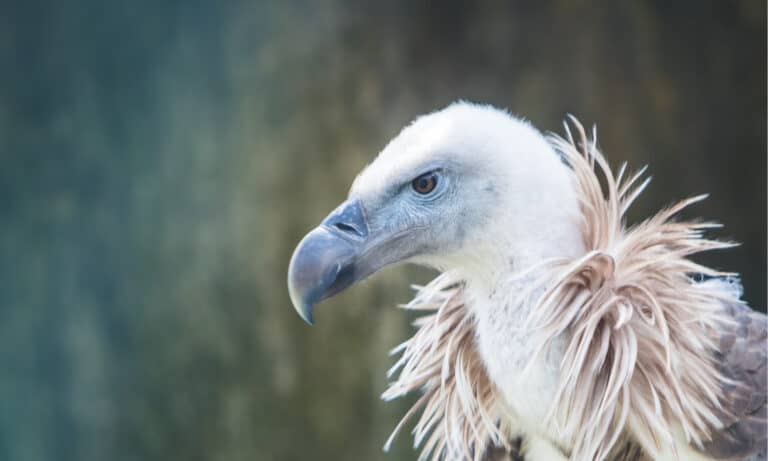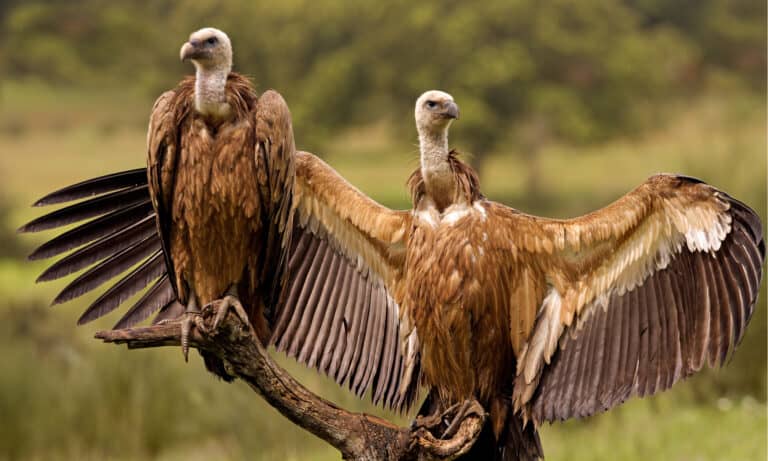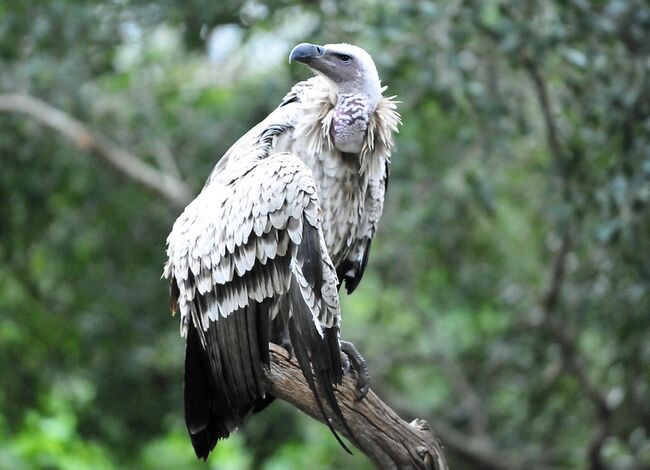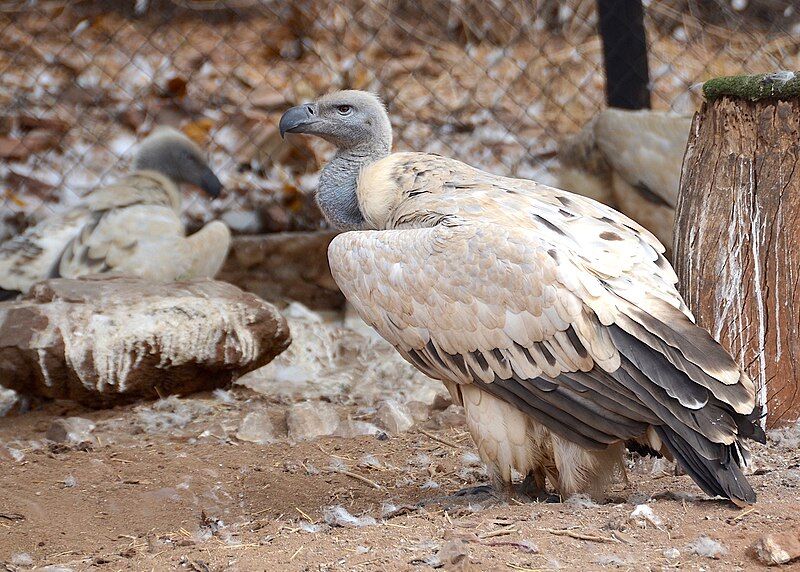In the vast expanse of the sky, a creature so magnificent and regal soars with effortless grace. Behold the Griffon Vulture, a symbol of power and resilience in the avian kingdom. With its impressive wingspan and unique characteristics, this majestic bird embodies the spirit of nature’s guardians, playing a vital role in maintaining the delicate balance of ecosystems.

The Griffon Vulture, scientifically known as Gyps fulvus, is one of the largest and most awe-inspiring birds of prey found in Europe, Asia, and parts of Africa. With a wingspan that can exceed 9 feet (2.8 meters) and a body length of up to 3.5 feet (1.1 meters), this magnificent bird commands attention wherever it soars.
One of the most distinctive features of the Griffon Vulture is its featherless head, adorned with a ruff of white down feathers. This unusual characteristic is an adaptation to its scavenging lifestyle. By lacking feathers on its head, the vulture can easily keep clean, avoiding the accumulation of bacteria from its carrion-based diet. The vulture’s sharp, hooked beak is perfectly designed for tearing through tough animal carcasses, enabling it to extract every last morsel of sustenance.

While the Griffon Vulture may primarily be associated with its scavenging behavior, it plays a vital ecological role as nature’s cleanup crew. These magnificent birds serve as nature’s undertakers, disposing of carcasses and preventing the spread of disease. By consuming carrion that would otherwise rot and contaminate the environment, Griffon Vultures contribute to a healthier ecosystem and help maintain the delicate balance of nature’s cycle.

In addition to their essential role as nature’s sanitizers, Griffon Vultures are also remarkable aerial acrobats. Their broad wings, perfectly adapted for soaring, allow them to effortlessly ride thermal currents, reaching incredible heights. Gliding with supreme ease, the Griffon Vulture can cover vast distances in search of food, reaching speeds of up to 56 miles per hour (90 kilometers per hour). Their keen eyesight, capable of spotting carrion from miles away, helps them locate food sources in their expansive territories.
The social nature of Griffon Vultures is equally remarkable. These birds form large colonies known as “vulture colonies” or “vulture restaurants.” They engage in communal roosting and nesting, fostering a sense of unity among their kind. The colonies serve as centers of activity, with individuals constantly interacting, communicating through a variety of vocalizations and body postures.
Despite their magnificence, Griffon Vultures face numerous threats and challenges. Habitat loss, poisoning from ingesting toxins present in carrion, collisions with power lines, and illegal hunting have all contributed to a decline in their populations. However, dedicated conservation efforts, including the establishment of protected areas and vulture conservation projects, strive to ensure the survival of these remarkable birds.

The Griffon Vulture, with its grandeur and vital ecological role, serves as a reminder of the intricate interconnectedness of all living beings. As guardians of the skies, these majestic birds remind us of the importance of preserving and respecting nature’s delicate balance. The sight of a Griffon Vulture soaring high above inspires awe and admiration, a testament to the magnificence of the natural world and the beauty of its inhabitants.









